How Medieval Women Really Dressed
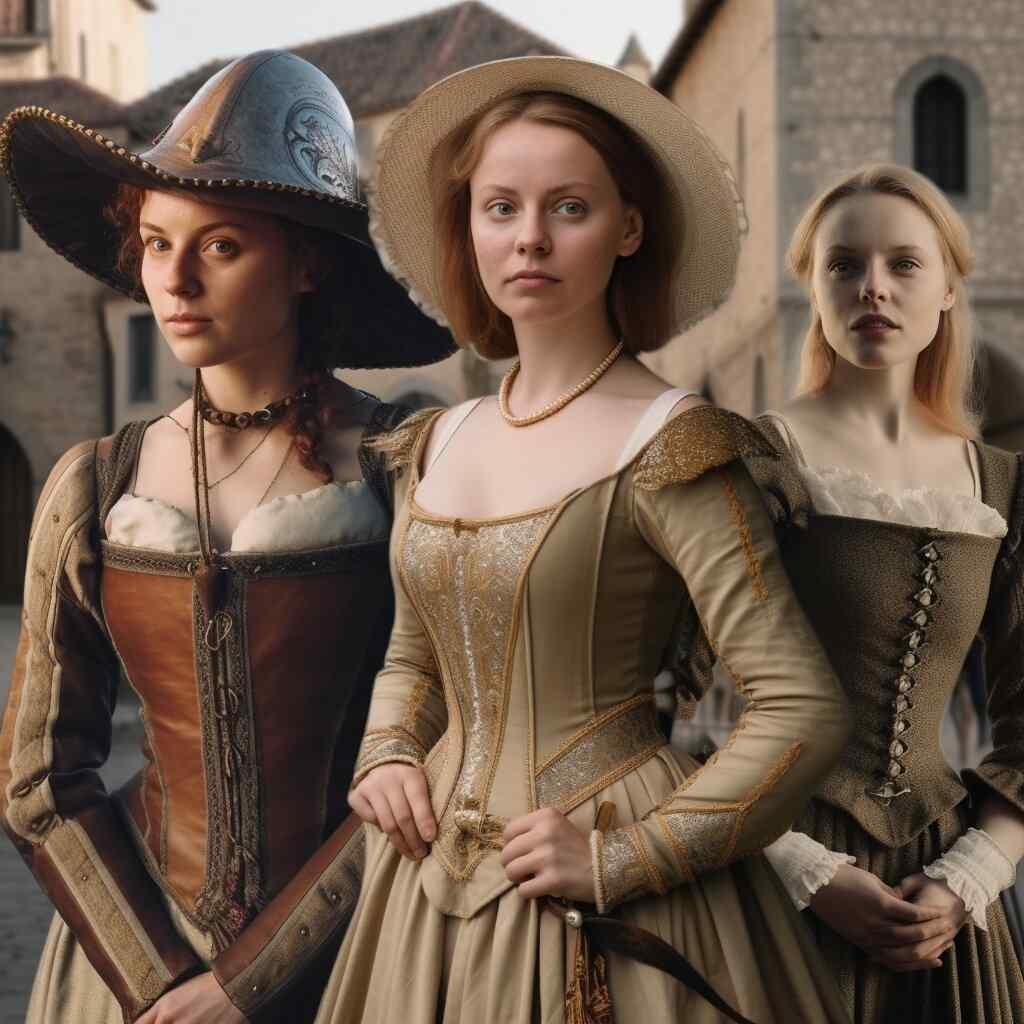
Back in the Dark Ages, people didn't bother to change fashion as quickly as they did in later periods. Women largely invested in garments made of tough, durable materials that could last a lifetime. However, wealthy women and the aristocracy took great pride in their appearance by wearing more attractive clothing made of finer fabrics and detailed ornamentation.
A base layer of a linen under-dress that stretched from the shoulder down to ankle length was often worn by Medieval women. That's right, no underwear. On top, a wool strap dress of a shorter length would be worn. Women took a great interest in headgear during the High and Late Middle Ages. Fashionable and durable hats were often worn.
The Pope Killed The Cats
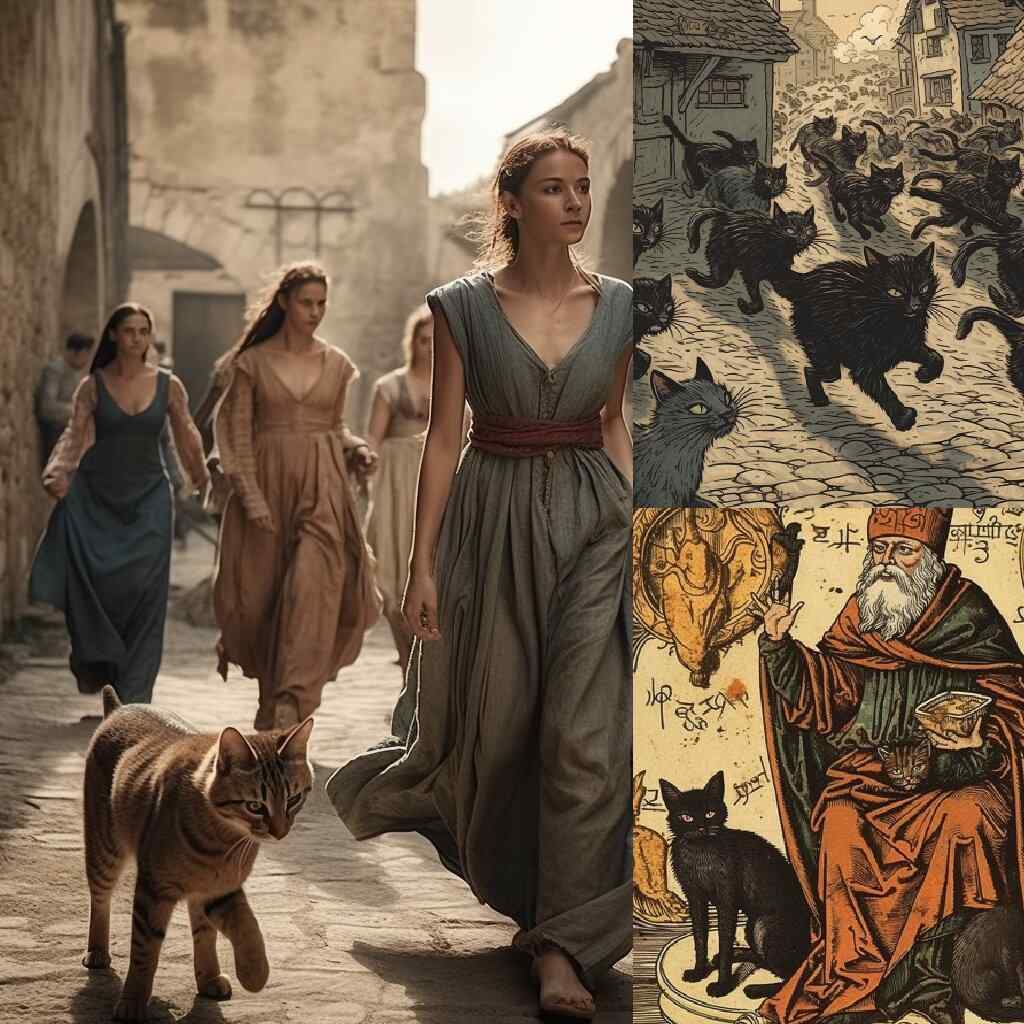
In the early 13th century, Pope Gregory IX pronounced all cats Satan's tools. Cats, especially black cats, were tortured and killed because they were thought to be Luciferian. This was part of the church's longstanding campaign to demonize pagan religions, rituals, and ideals. Once the cat was connected with Satan, it was tortured and killed.
Many did this to stave off bad luck, show loyalty to Christ, or as part of ailuromancy rituals (using cats to foresee the future). Some think that the Black Death was caused by the plague-infected rats population exploding due to cat hunting. However, this notion is not widely accepted as there is no conclusive evidence connecting the two events. But.. You know.. You have a brain.
The Power Redistribution

The Medieval Church rose to dominance when the Roman Empire fell in the fifth century. With Roman Catholic beliefs, the Medieval Church was viewed as a mediator between God and the people, and the clergy was considered the "gatekeepers to heaven," inspiring reverence, wonder, and dread. Unfortunately, at the time, no European monarchy emerged to fill the power vacuum.
Instead, the Catholic Church of the Middle Ages rose to conquer Europe. Thus, many socioeconomic classes paid tax to the Church in the form of a 10% tax of their income or wealth going to the Pope. The Church created much of the period's literature, and in Medieval agricultural culture, clerics had rare opportunities to learn to read and write.
Merchants Were Their Own Class
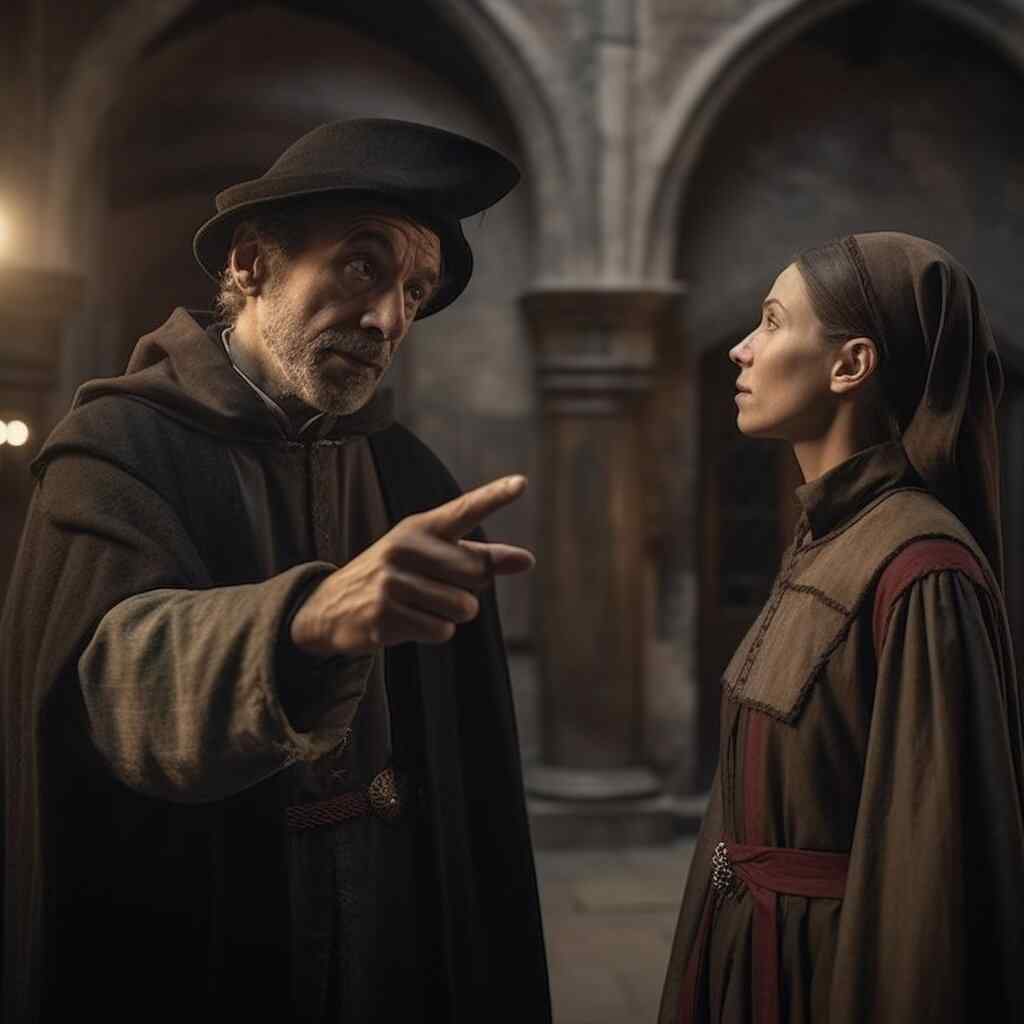
Throughout the Dark Ages, merchants were widely despised. They were expelled from the feudal system and punished for prioritizing money above religious responsibilities. It is because they were resellers or usurers rather than producers, their profit-seeking was seen as violating "God's laws." Despite prejudice, merchants dominated the economies and cultures of newly founded and growing towns.
Various municipal guilds were created by grocers, spice merchants, cobblers, apothecaries, and goldsmiths alike. Even among early merchants, the church was hostile, even to banking and commerce, which they themselves used. The church persuaded people that they were evil and encouraged many to shun them. It was these few who became responsible for what we now know today as currency.
There Were Animal Trials

During the Dark Ages, animals were also held accountable for their actions. From rodents to livestock, animals were put on trial for their crimes, just like humans. These trials, known as animal trials, were often held in public, and the animals were often represented by a lawyer or a defender.
The animal trials were based on the belief that animals, like humans, were capable of committing crimes and sins. In many cases, the animals were accused of causing damage to crops or livestock or even of attacking and killing people. These trials were held by the church and were considered a way to show that justice was being served in society.
The Term ‘Dark Age’ is Derogatory
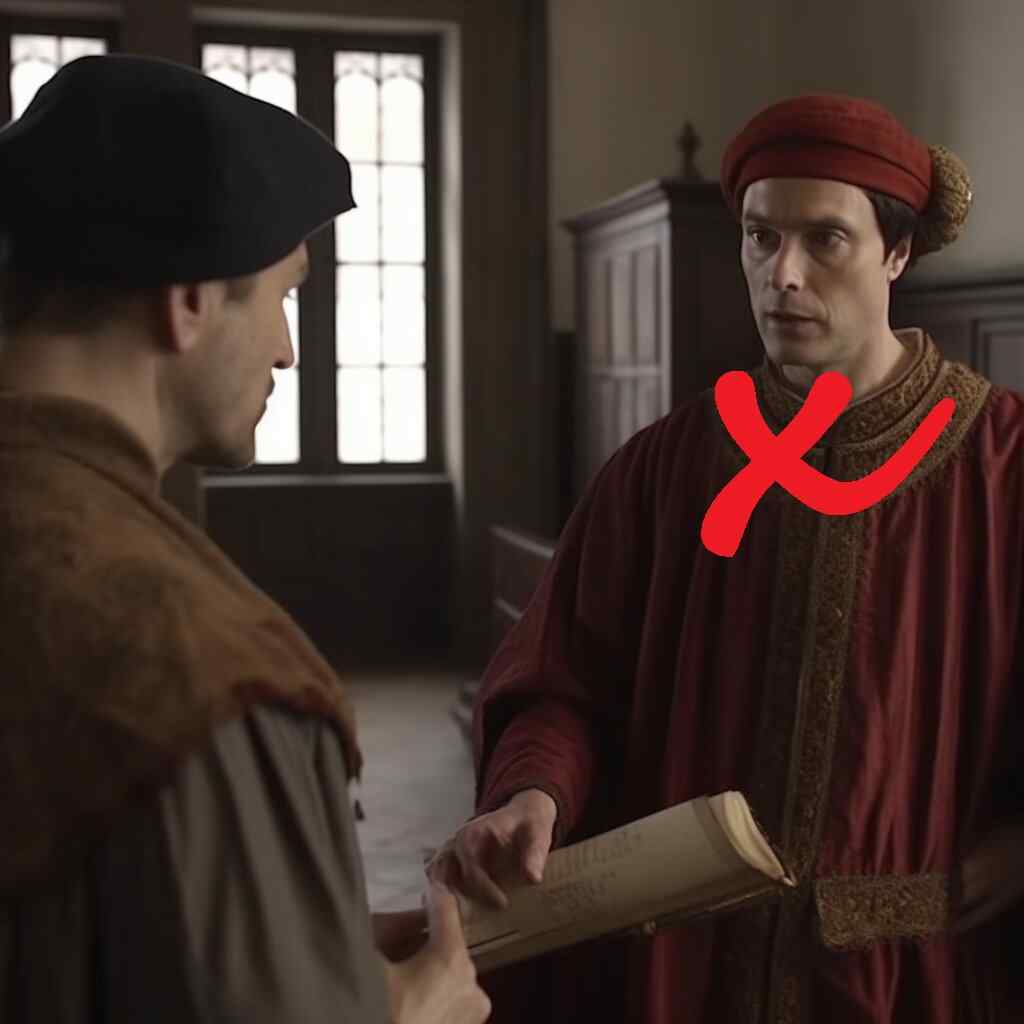
In the 1330s, Petrarch, an Italian scholar and poet, used the phrase "Dark Ages" (476 AD–1000 AD) to characterize the decrease in Latin writing after the collapse of the Western Roman empire. Many call this time the "Dark Ages" because it witnessed little scientific and cultural progress. Medieval historians have disregarded the phrase since it doesn't hold up.
Most modern historians dismiss the idea that the era was a "Dark Age" because it was based on ignorance and popular stereotypes. Many previous authors assumed the era was a violent and stagnant time and used this assumption to prove it. Scholars today refer to the time frame as The Middle Ages.
Women's Role in Society

Throughout the Dark Ages, women's lives were often impacted by their social status and religious beliefs. Women were associated with Biblical figures such as Eve and the Virgin Mary when it came to their moral and vocational responsibilities in society. Women were generally considered the property of their closest male relatives under medieval European laws and cultural practices.
Women worked just as hard as men but were not compensated as well. They regularly worked in the fields alongside their husbands and fathers, but their achievements were seldom acknowledged. In the Dark Ages, women were classified as having two career options: mother or holy lady, with lady-of-the-night or chattel filling in the gaps. Regrettably, for the most part, this stereotype is accurate.
Women Liberated With Religion

During this time, women's roles in religion were often dictated by their social status and religious beliefs. In medieval art, the responsibility of women for the 'original sin' is often emphasized by giving a female head to the serpent who tempts Eve to disobey God. The story underlined the belief that women were inferior to men.
Despite these ideas, some women were able to hold very powerful positions in the church. An examination of female mystics and religious groups, their lives, and the work they created reveals that these women used their connection with their bodies and gender to build a framework of spiritual liberation for themselves and the women around them.
Low Class Women Greater Had Equality
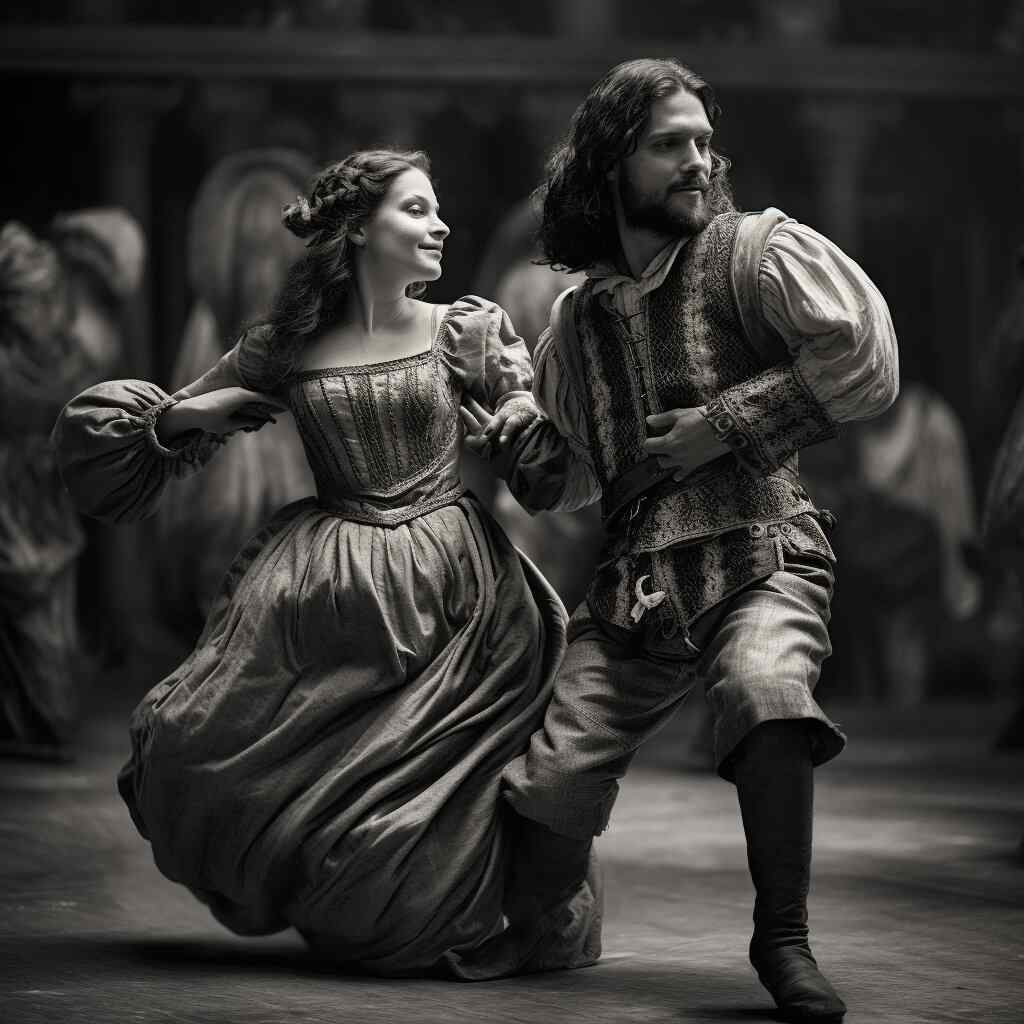
The Church and nobility regulated women's rights throughout the Dark Ages. The feudal system, which separated society into clergy, nobles, and serfs, kept everyone in their place, while the medieval Church gave the "big picture" of life and one's role. Women were only allowed to be nuns in the church.
Because land meant power, noble women's status was determined by how much land they brought to the marriage, which affected their quality of living and autonomy. Yet, because serfs, male and female, lived a hard existence and worked alongside men in the fields and medieval guilds, they had greater freedom of expression than women of other classes; such as freedom to dress, act, and marry however they liked.
Women Didn't Wear Briefs

Women didn't wear briefs of any variety during the Dark Ages. Bras and underpants weren't thought to exist in that time and place—historians have generally agreed women wore only chemise or shifts beneath their clothes. During the Dark Ages, women’s undergarments were quite different from what we know today.
It's wildly accepted that women wore a loose top, like a shirt, under their garments, rather than what we see today. A chemise was a loose-fitting undergarment that was worn next to the skin to protect clothing from sweat and body oils. It was usually made of linen and was the only garment that was washed regularly. The shift was similar to the chemise but was longer and a bit roomier.
Married People Engaged in "Courtly Love"
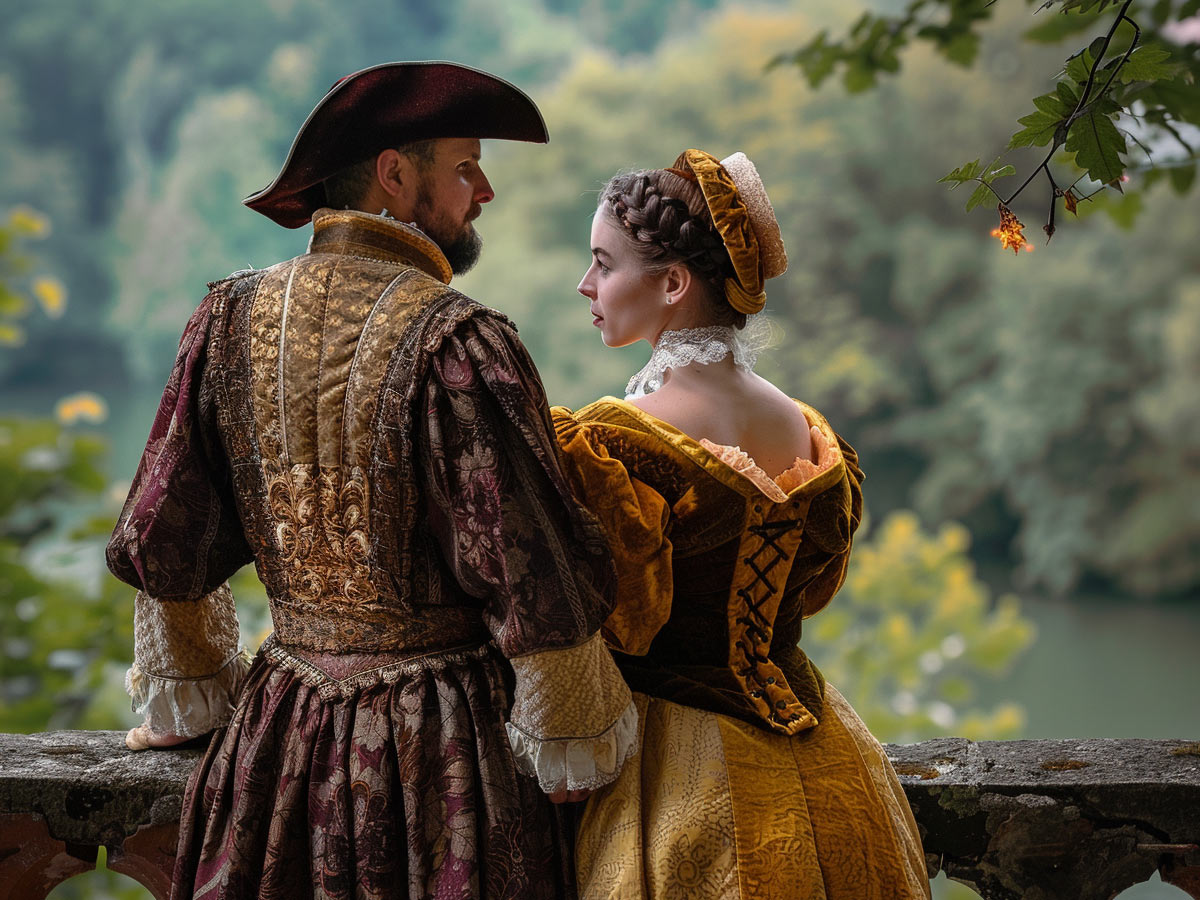
In the Middle Ages, married people could still engage in "courtly love" with others. This concept involved a chivalric form of admiration and affection, often conducted outside of marriage. It was characterized by noble gestures, poetic exchanges, and secret meetings.
Courtly love allowed knights and ladies to express romantic desires within a socially accepted framework, without challenging the sanctity of marriage. Such relationships were usually non-physical and idealized, focusing on emotional connection and admiration rather than physical intimacy. This practice reflected the complex social and cultural norms of medieval society.
English Men Had Mandatory Archery Training

In the Middle Ages, English men underwent mandatory archery training as decreed by several monarchs. Starting with King Edward III in the 14th century, laws required all males aged 15 to 60 to practice archery regularly. This policy aimed to ensure a well-prepared and skilled populace capable of defending the realm.
Archery practice was typically conducted on Sundays and holidays, with penalties imposed for non-compliance. This widespread training contributed significantly to England's military successes, notably at battles like Agincourt during the Hundred Years' War.
The Challenges of Getting a Good Deal
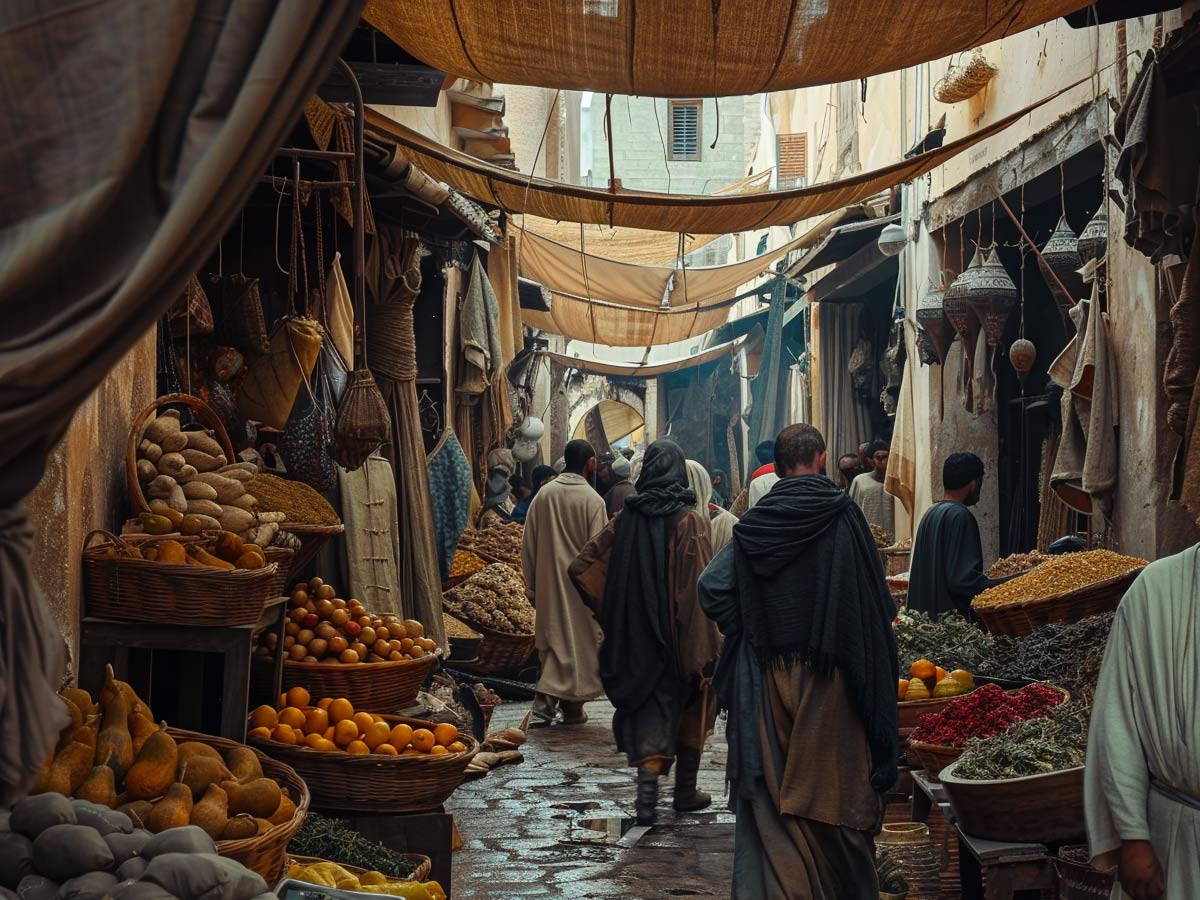
In the Middle Ages, getting a good deal at the market was challenging due to various factors. Markets were unregulated, leading to inconsistent pricing and the potential for fraud. Weights and measures varied widely, making it difficult for buyers to ensure fair transactions. Additionally, the lack of standardized currency and frequent use of bartering complicated trade.
Buyers needed to be knowledgeable and wary to navigate these challenges effectively. Haggling was common, and relationships with merchants often influenced the outcome of transactions. This environment required sharp bargaining skills and vigilance to secure a fair deal.
Long-Toed Shoes Were Popular
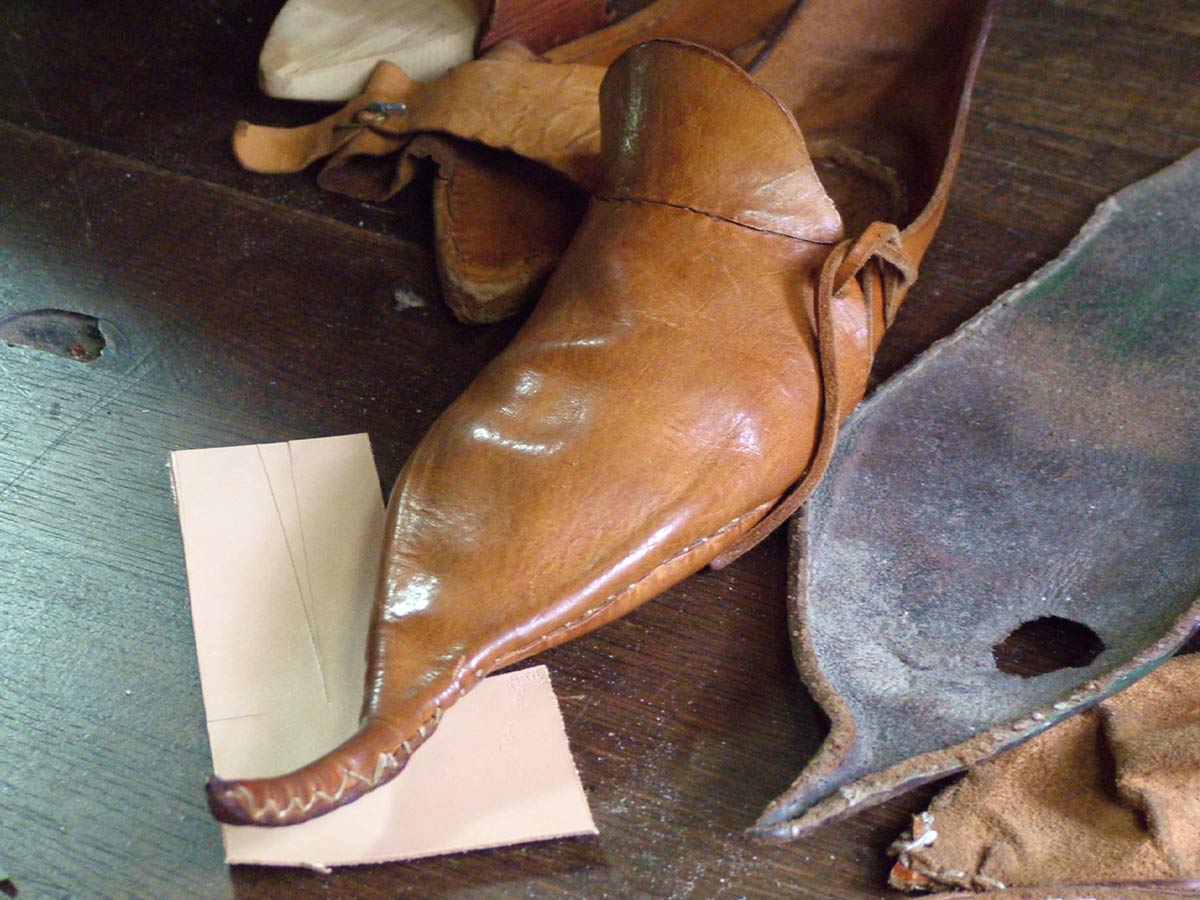
In the Middle Ages, long-toed shoes, known as "poulaines" or "crakows," were popular, especially among the nobility. These shoes featured elongated, pointed toes that sometimes extended several inches beyond the foot.
The style emerged in the 14th century and symbolized status and wealth, as the impractical design indicated that the wearer did not engage in manual labor. The length of the toes was often regulated by sumptuary laws to curb excess. While fashionable, these shoes eventually fell out of favor due to their impracticality and the changing tastes of the time.
Swans Were a Delicacy

In the Middle Ages, swans were considered a delicacy, primarily consumed by the wealthy and nobility. Swans were often served at feasts and banquets, symbolizing luxury and status.
These birds were typically prepared with elaborate recipes, reflecting their high value in medieval cuisine. Ownership of swans was regulated, and they were often marked to denote ownership. This exclusivity reinforced their status as a prized dish reserved for special occasions and significant guests.
Gargoyles Prevented Water Damage
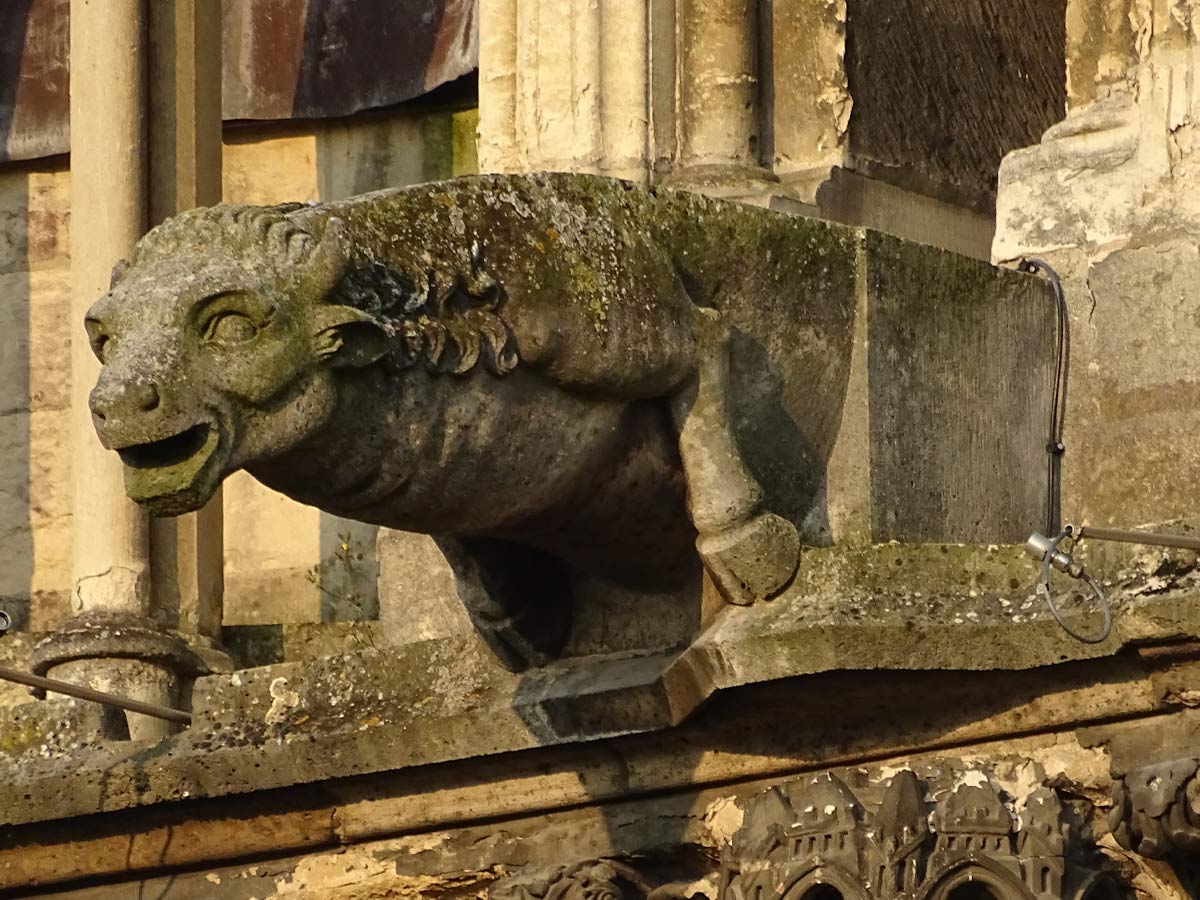
In the Middle Ages, gargoyles were functional architectural elements used to prevent water damage to buildings. These carved stone figures served as water spouts, directing rainwater away from the structure's walls and foundation. By channeling water through their mouths and away from the masonry, gargoyles helped reduce erosion and decay.
Their grotesque and imaginative designs also had symbolic purposes, believed to ward off evil spirits. This dual functionality made gargoyles a practical and protective feature in medieval architecture.
People Were More Hygienic Than You Think

In the Middle Ages, people practiced more hygiene than often assumed. Regular bathing was common, with public bathhouses available in many towns. Personal grooming, such as hair washing and tooth cleaning, was also part of daily routines.
Herbal remedies and natural soaps were used for cleanliness. Additionally, some cities implemented waste removal systems and promoted clean streets to maintain public health. These practices indicate a greater awareness and effort toward hygiene than the period is typically credited for.
Their Natural Philosophy Became Our Science
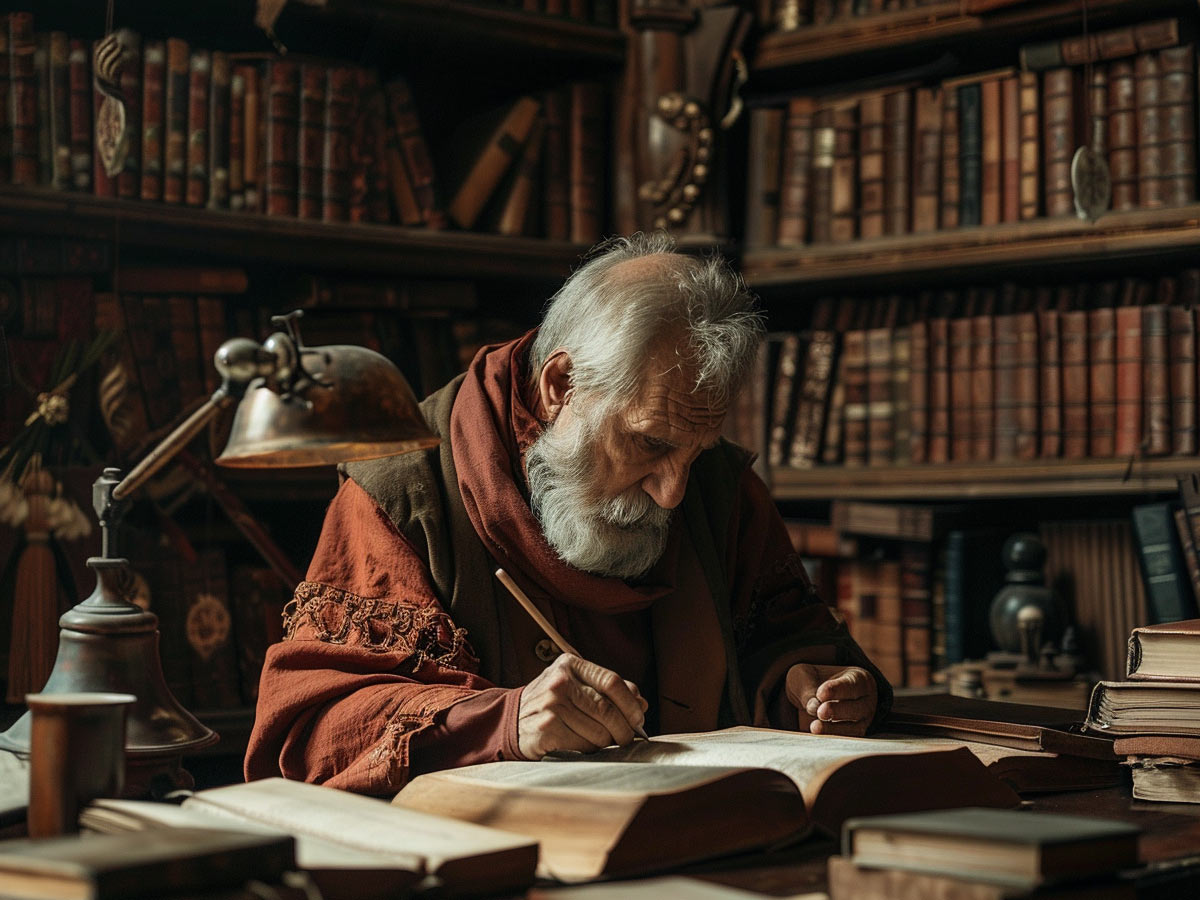
The natural philosophy of the Middle Ages laid the groundwork for modern-day science. Scholars like Thomas Aquinas and Roger Bacon emphasized observation and empirical study, integrating Aristotle's works with medieval thought. Alchemy and early forms of chemistry explored material properties, while medieval universities promoted structured inquiry.
This intellectual tradition evolved during the Renaissance and Enlightenment, leading to the scientific method and advancements in various fields. Consequently, the foundations laid by medieval natural philosophy were crucial to the development of contemporary scientific disciplines.
Astronomy and Astrology Were Intertwined
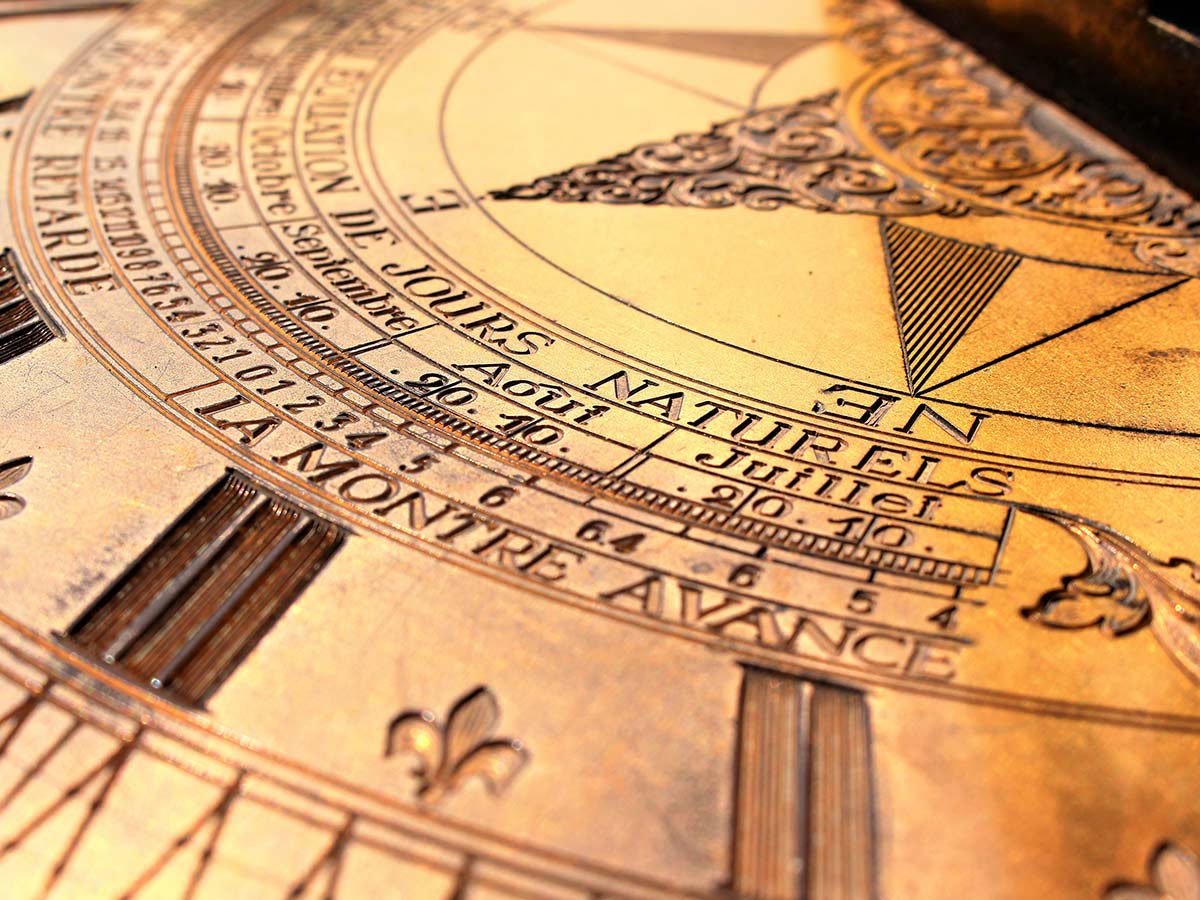
In the Middle Ages, astronomy and astrology were closely intertwined. Scholars studied celestial bodies to understand both their physical movements (astronomy) and their supposed influence on human affairs (astrology).
This dual approach was prevalent in medieval universities and among court astrologers. The same observational techniques and tools used to chart the stars for navigation and calendar purposes also informed astrological predictions. This integration of scientific observation with mystical interpretation reflected the era's holistic view of the cosmos.
They Invented the First Mechanical Clocks

The Middle Ages saw the invention of the first mechanical clocks, revolutionizing timekeeping. These early clocks appeared in European monasteries around the 13th century, designed to regulate prayer times more accurately.
Powered by weights and gears, they marked hours with bells, enhancing daily life and work schedules. Richard of Wallingford and Giovanni de Dondi were notable figures in clockmaking, advancing mechanical precision. This innovation laid the foundation for modern horology, transforming how societies measured and perceived time.
People Didn't Actually Believe the Earth Was Flat

The idea that people in the Middle Ages believed the Earth was flat is a misconception. Medieval scholars, influenced by ancient Greek thinkers like Aristotle and Ptolemy, widely accepted the Earth as a sphere. This view was taught in universities and depicted in works like the 13th-century illuminated manuscript Liber de proprietatibus rerum.
The myth of a flat-Earth Middle Ages gained traction in the 19th century, partly due to works like Washington Irving’s fictionalized biography of Christopher Columbus and Andrew Dickson White’s critique of religion's role in science. These misconceptions persist today but ignore historical evidence of medieval scholarly understanding.
There Were Numerous Technological Advances in the Era
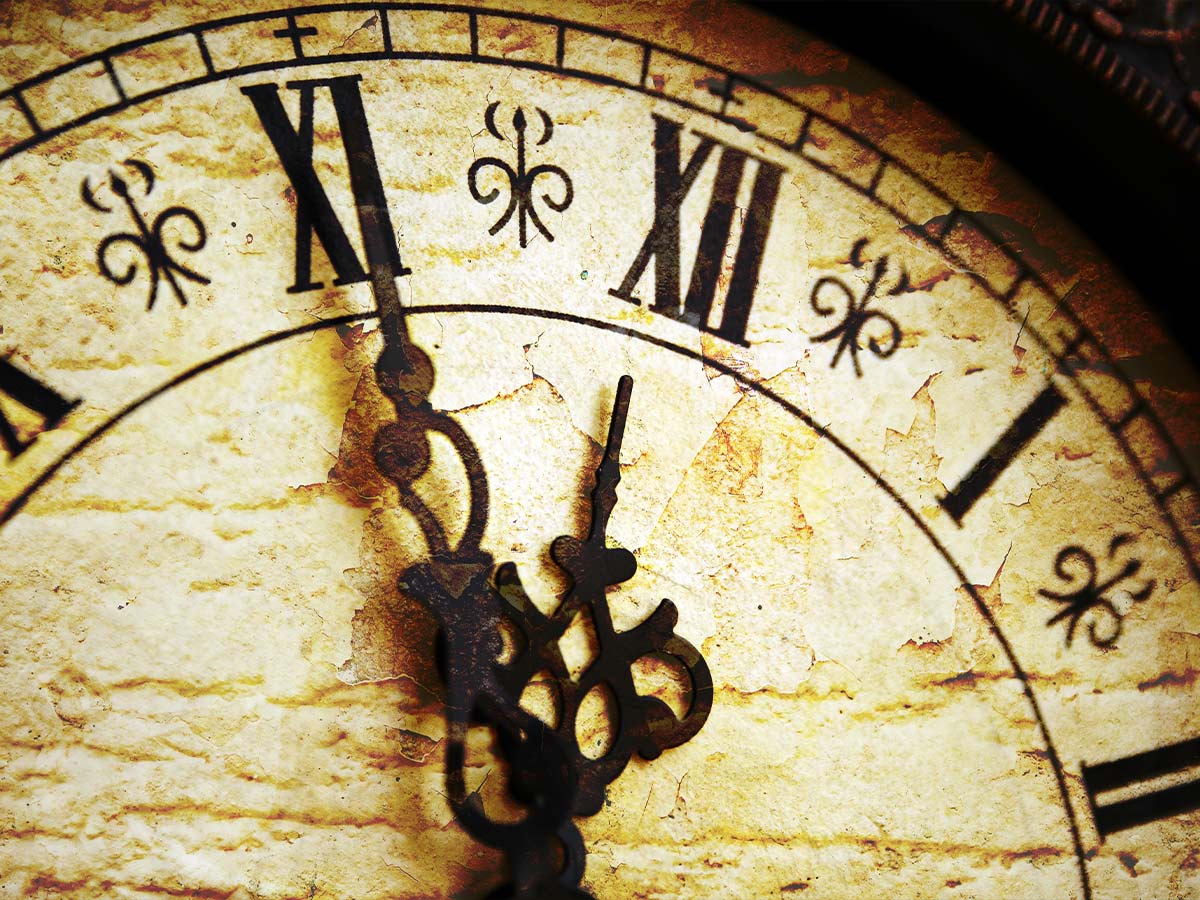
The Middle Ages were a period of remarkable technological innovation that shaped society and daily life. One of the most significant advancements was the heavy plow, which revolutionized agriculture. It allowed farmers to cultivate the dense, clay-rich soils of Northern Europe, boosting food production and enabling population growth.
Windmills, another critical invention, harnessed the power of the wind to grind grain and pump water. This increased efficiency in milling grains, supporting both rural and urban economies. Additionally, mechanical clocks, sophisticated devices for timekeeping, emerged as tools that synchronized activities in growing towns and monasteries, fostering more organized societies.
The period also saw advancements like water mills, improved textile production techniques, and the development of the three-field crop rotation system. These innovations not only improved productivity but also spurred economic and social changes, laying the groundwork for the economic resurgence of medieval Europe and paving the way for the Renaissance.
Chivalry Wasn't as Important As You Think It Was
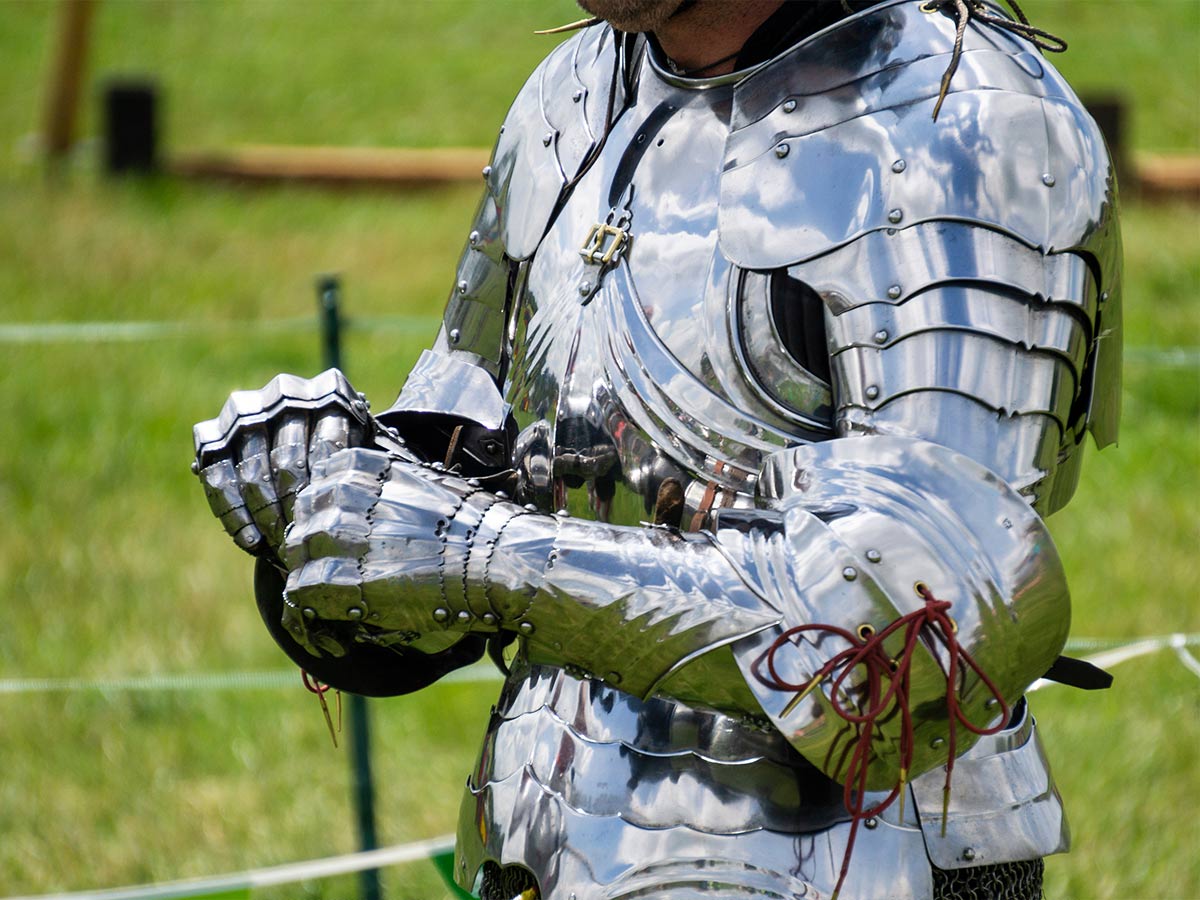
The concept of chivalry in the Middle Ages is often romanticized, but in reality, it was far less influential than modern narratives suggest. Chivalry was an aspirational code of conduct meant for knights, emphasizing honor, loyalty, and courtesy. However, it was not universally upheld and often ignored when it clashed with personal ambition or self-interest.
Knights frequently engaged in brutal warfare, looting, and political scheming, actions that contradicted chivalric ideals. Historical records show a complex society where violence and pragmatism often overrode lofty moral codes. Chivalry was just one of many cultural ideals, and its real influence was limited and uneven.
Not Everyone Died at 30
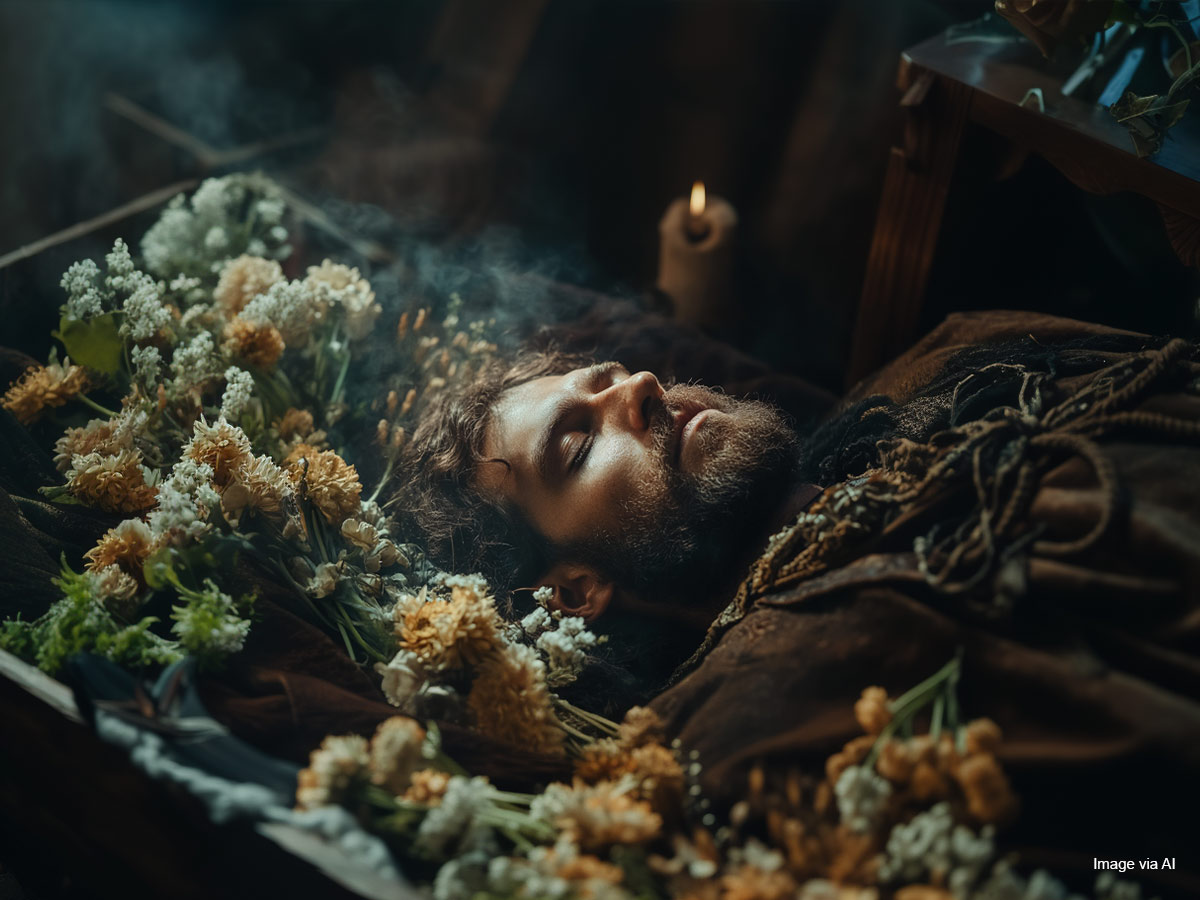
The idea that people in the Middle Ages died at 30 is a misunderstanding of historical data. High infant mortality rates drastically lowered the average life expectancy, making it appear shorter than it really was. If someone survived childhood, they often lived into their 50s or even 60s.
While life was undeniably more challenging, and diseases were harder to treat, adults who made it past early childhood could live relatively long and productive lives. The statistical averages are misleading because they lump together high infant deaths with adult mortality, failing to represent the actual lifespans of those who reached adulthood.
Witch Hunts Occurred Later Than the Middle Ages
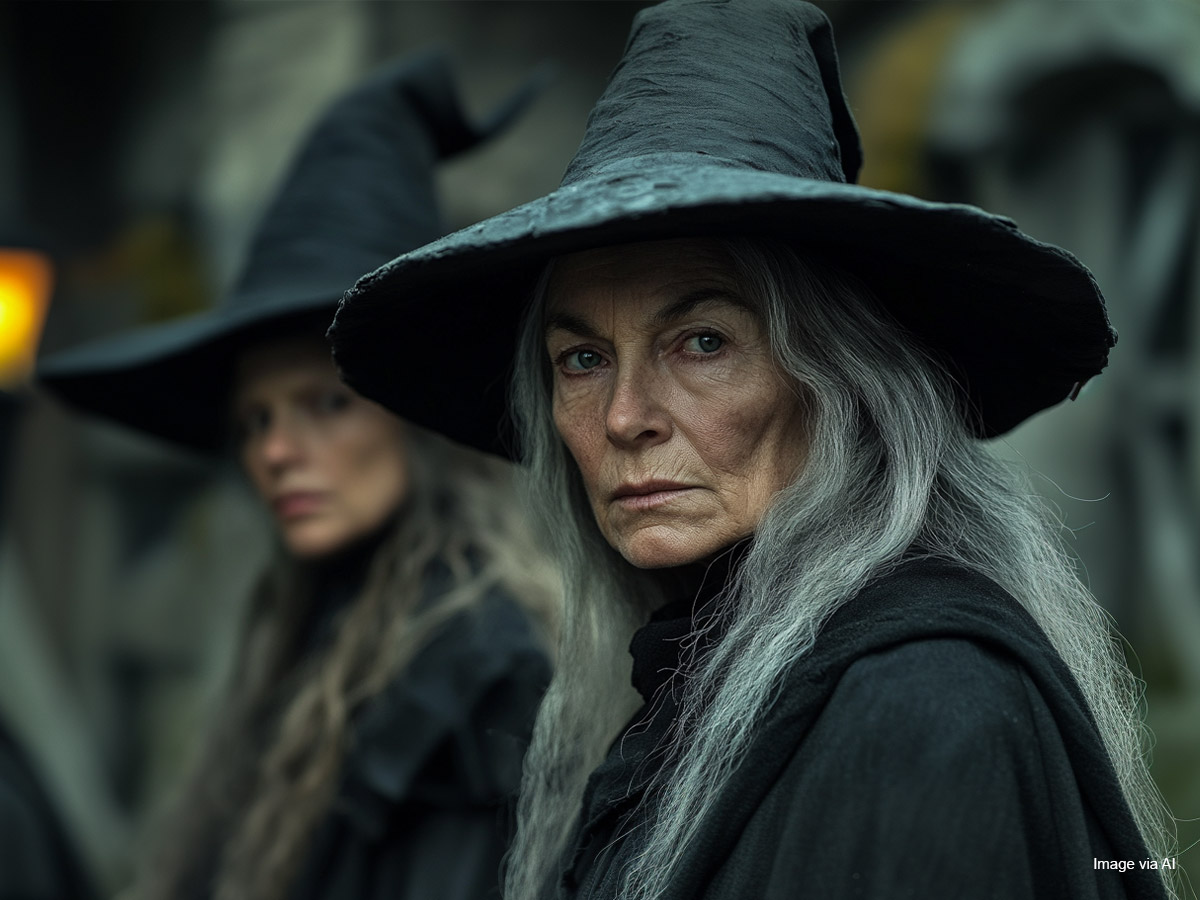
Witch hunts are often mistakenly associated with the Middle Ages, but they were primarily a phenomenon of the early modern period, peaking in the 16th and 17th centuries. During the Middle Ages, belief in witches existed, but large-scale witch hunts were rare.
The intense preoccupation with witchcraft arose later, fueled by the Reformation, religious conflicts, and political turmoil, which bred fear and suspicion. Concepts such as diabolic pacts gained more prominence in this era, driving widespread persecution. The medieval period had a different societal structure and religious practices, which did not foster the same level of organized witch hysteria seen later.
There Was More Social Mobility Than You Realize

Medieval society is often thought of as strictly hierarchical, but there was a surprising degree of social mobility. The church provided a unique avenue for advancement, as even individuals of humble beginnings could rise to prominent positions within its ranks.
The growth of towns and trade opened new economic opportunities, allowing skilled artisans and merchants to accumulate wealth and status. Some peasants could improve their standing through hard work, strategic marriages, or service to the nobility. These paths to success, though not widespread, challenged the rigid social order and showed that social boundaries in the Middle Ages were more flexible than often assumed.
Not Everyone Thought the Black Death was Divine Punishment
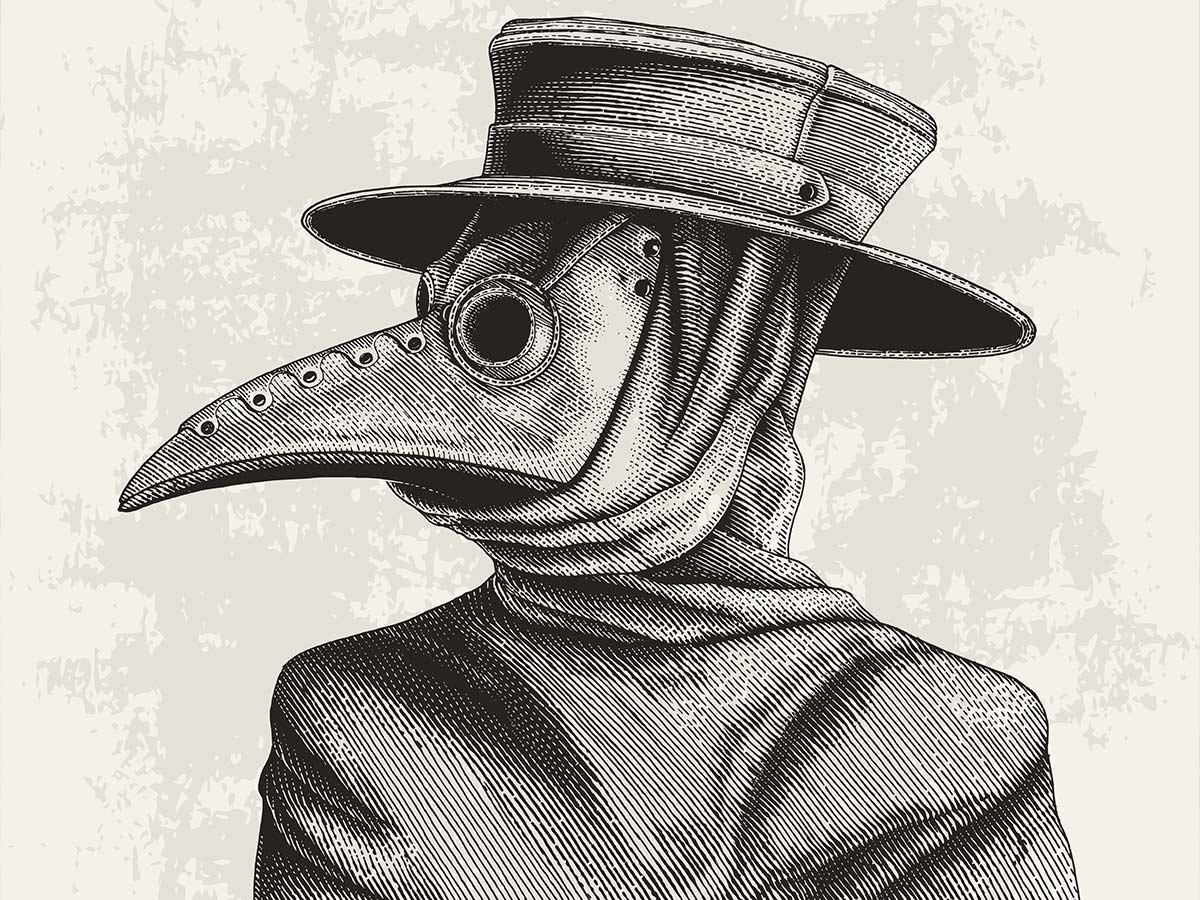
Not everyone in the Middle Ages believed the Black Death was divine punishment. While many interpreted it as God's wrath, others sought natural causes for the devastating plague. Medieval scholars and physicians explored explanations grounded in the medical theories of the time, such as the miasma theory, blaming 'bad air,' or celestial influences like planetary misalignments.
These perspectives coexisted with religious beliefs, showing a diverse range of thought in medieval society. This blend of explanations highlights a more complex era than often assumed, where science and religion sometimes overlapped or even conflicted in attempts to make sense of widespread suffering.
Most Castles Weren't Large and Lavish
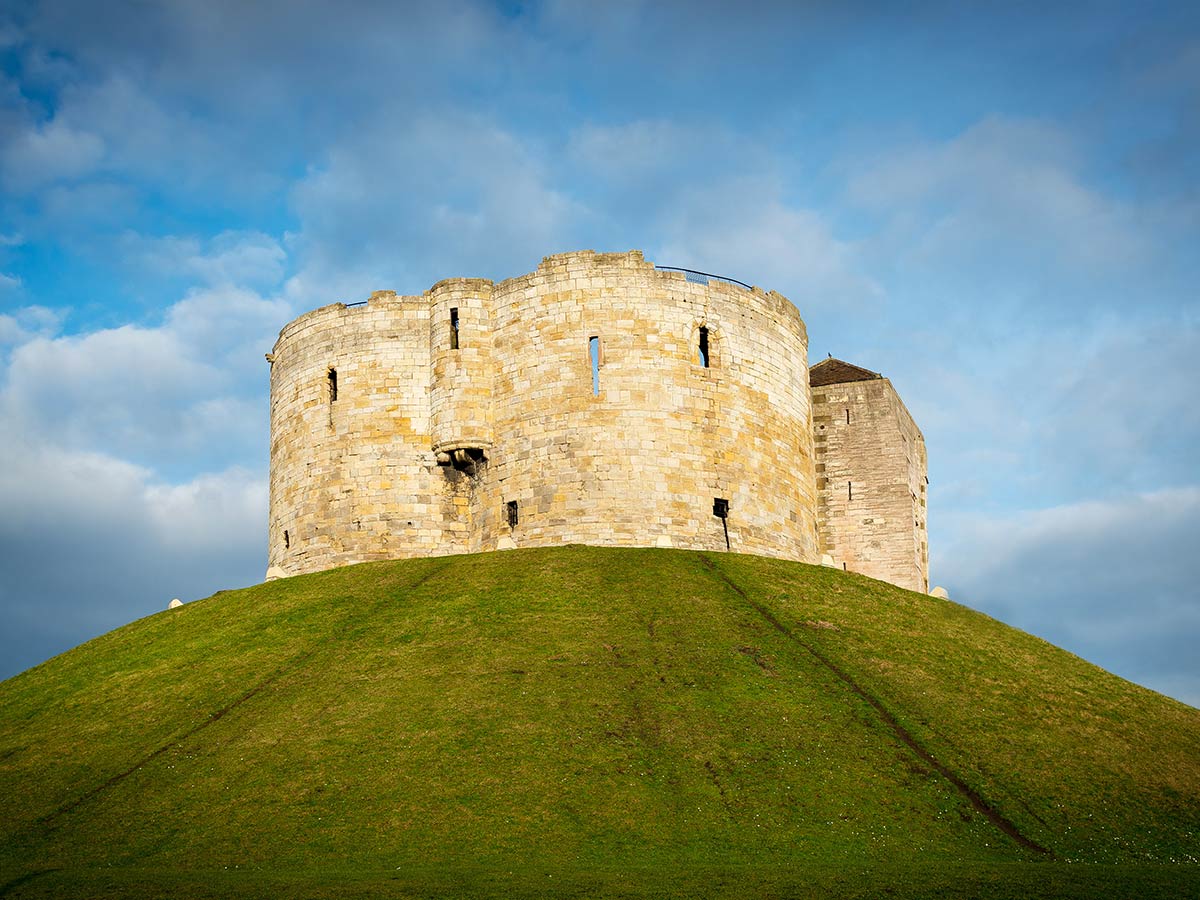
Castles in the Middle Ages were far more functional than the grand, lavish structures often depicted today. Many early castles were simple motte-and-bailey designs made of wood, prioritizing defense over luxury. Even stone castles, while more durable, focused on fortification, featuring thick walls, narrow windows, and basic interiors.
Comfort and grandeur were secondary to protection against attacks. Only a few castles, belonging to the wealthiest nobles, displayed significant opulence. The romanticized image of castles as sprawling, elegant estates is shaped by later architectural developments and cultural depictions, rather than the more modest and utilitarian realities of medieval castle life.
Medical Treatments Weren't as Barbaric as You Think
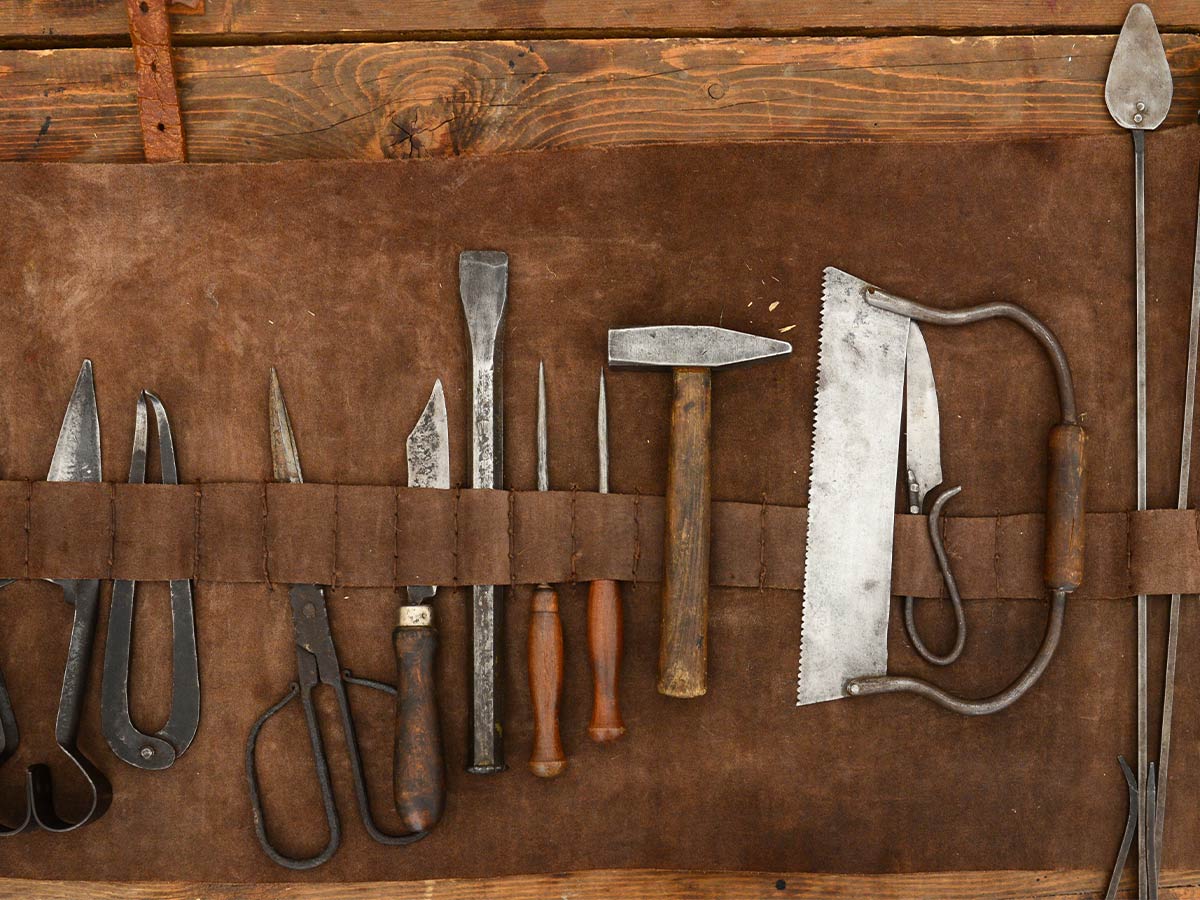
Medical treatments in the Middle Ages are often unfairly seen as crude and barbaric, but the reality is more nuanced. While some methods, like bloodletting and trepanation, might seem alarming today, they were based on the medical theories of the time and often paired with efforts to minimize pain.
Herbal anesthetics, such as opium or mandrake, were used to ease discomfort during procedures. Additionally, medieval healers employed sophisticated herbal remedies and practical techniques rooted in empirical observation. These approaches reflected a genuine, if limited, understanding of medicine. Modern views are often shaped by exaggerated accounts, overshadowing the era’s thoughtful attempts at care.
Education Eventually Became Widespread During the Era

Education in the Middle Ages became increasingly widespread, thanks largely to the efforts of the Church. Cathedral schools and monastic institutions laid the groundwork, teaching not just clergy but also some laypeople.
This movement evolved with the establishment of universities in cities like Paris, Bologna, and Oxford, which became centers of higher learning. While their early focus was on theology and classical studies, they gradually introduced subjects like law, medicine, and the arts to meet societal needs. The expansion of towns and trade created a demand for literate professionals, spreading education beyond the clergy and nobility to a broader audience.
 Author
Ron Winkler
Last Updated: April 16, 2025
Author
Ron Winkler
Last Updated: April 16, 2025